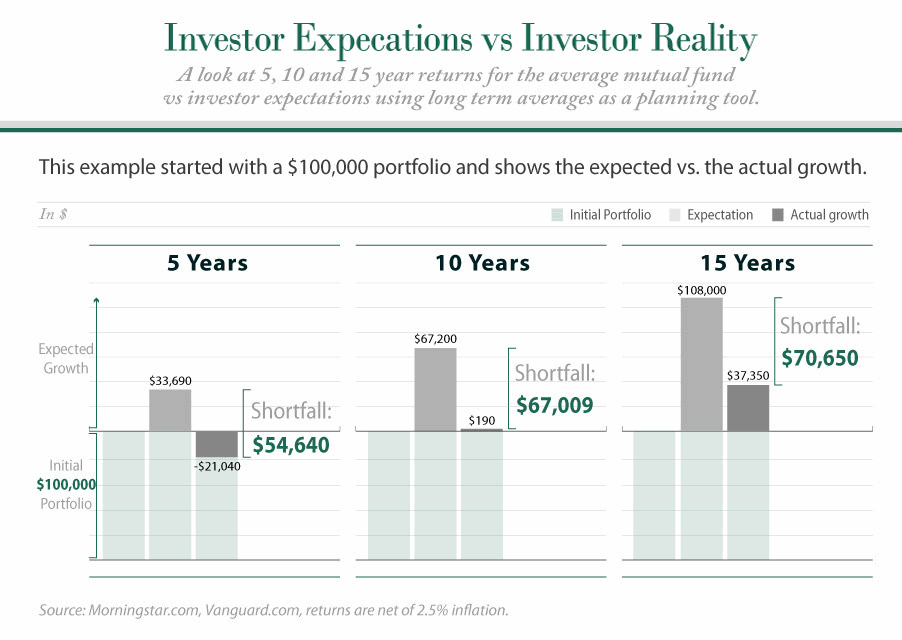The Importance of Active Management
Investors have more options than ever before, both active and passive. Passive, or buy and hold investing, is the mainstream approach. But has buy and hold investing allowed investors to achieve their investment goals as compared to the reality of the markets? As 2012 begins, it’s time to remind ourselves why active investment strategies are so important.
As an investment advisor, my main goal is to make sure nothing bad happens over the time-frame we have to invest. The hundred-year average return for the stock market is a nice piece of financial trivia, but as mere mortals, we have work within real-world time-frames, like ten and twenty years.

Traditional investment strategies are finishing up a thirteen-year losing period net of inflation and a five-year period with a 20% (or greater) loss net of inflation. Traditional investors have lost thirteen years they will never get back and are 87.36% behind their expectations. Investors following traditional financial advice never imagined a future different from the long-term averages. This is the reason we have to be active managers of our funds.
No one knows if future returns will be higher or lower than the long term averages. However, as active investors, we are prepared for both.
Lee Hull is the principal of Hull Capital Management (‘HCM”) and the author of Less Risk, More Return. HCM is a Registered Investment Advisor. The information or opinions expressed by Mr. Hull is offered as general information and should not be considered personal investment advice. The information in this article has been obtained from reputable sources, but we cannot assure its accuracy. No information or opinion expressed represents a solicitation in any form. Past performance is not a guarantee of future results. All investments are risky.
